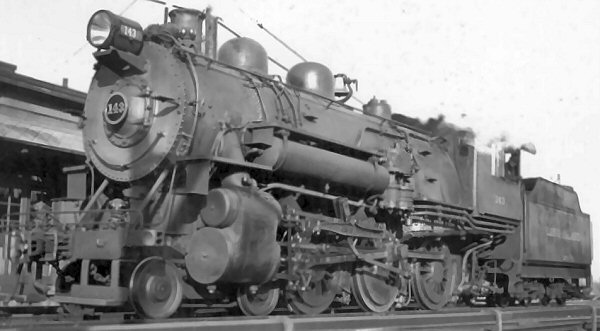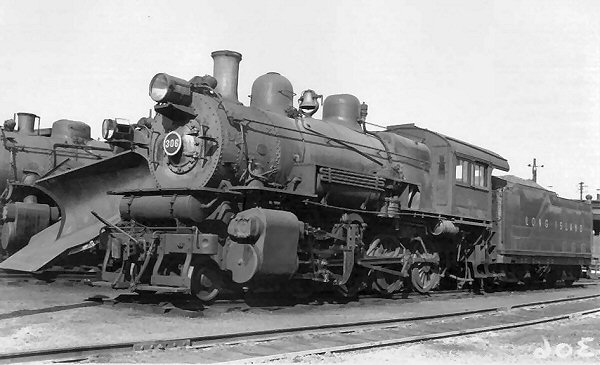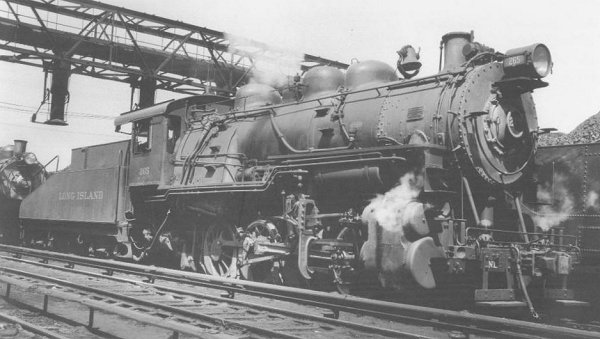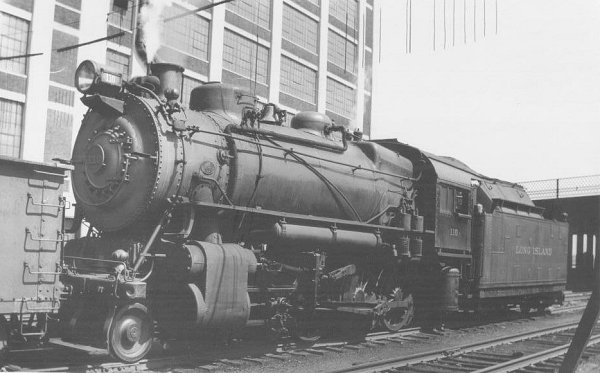Clint Eastwood in "Pink Rider."
Back to railroading and humping . . . .

I've seen a lot of trainmen go into deadhead cars with some fluff picked up in the Hamptons . . .
Whoops . . wrong thought.
Here we go:
In addition to the practice of humping cars, a really old practice was of switching cars on one track using a locomotive on an adjacent track!
The old timers will know about this, but for you younger guys, here's what happened. It was dangerous and was frowned upon, but was done requently and locomotive pilots were constructed to allow the procedure.
So the locomotive wouldn't have to switch to the adjacent track, or, because one car or so needed to be moved and there were other cars in the way and the crew didn't want to move everything out of the way, a long, wooden pole with rounded ends was held by several of the train crew members in horizontal fashion, with one end shoved into the "dimple" formed in the locomotive's pilot. The engineer would gently roll forward until the other end of the pole was shoved into a corresponding dimple in the end of the freight car.
Then, when contact was made, the crew would get out of the way and the engineer would move the car.
It was like the old link-and-pin system . . . the pole sometimes dropped and men got hurt, or the pole split and splintered and men got hurt.
Check the dimple at the far right of the pilot, just above the front pony wheel, sort of highlighted by the sun. They were always located on each side of the pilot:

I know you've probably seen these lots of times in old photos and never gave them a thought! They were on the older engines. The G5s and K4s did not have them as they were not classed as freight engines.



Dave



